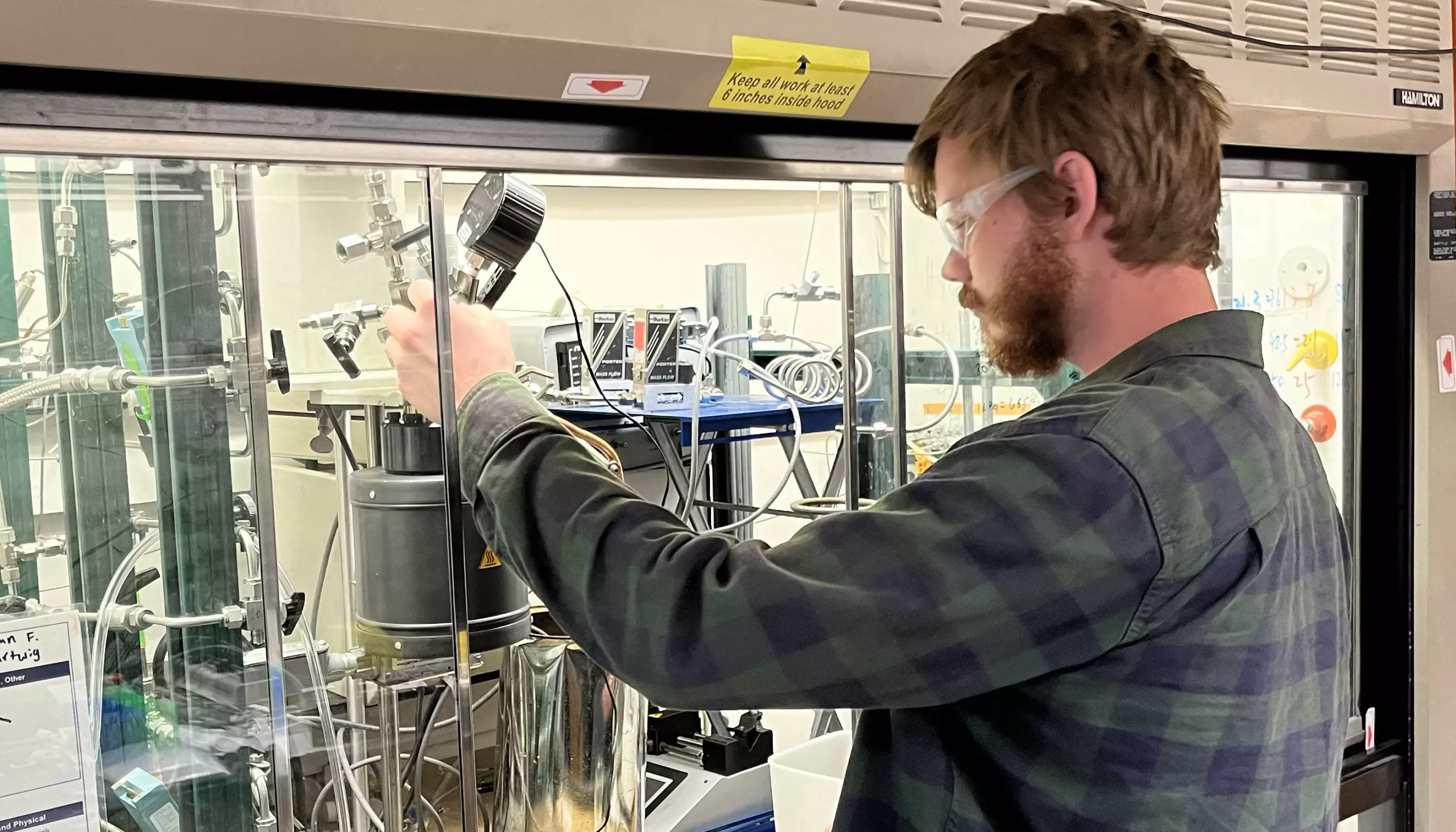As the world grapples with an ever-growing plastic waste crisis, innovative solutions emerge from esteemed institutions. A recent breakthrough from the University of California, Berkeley, presents a transformative method for recycling the two leading types of post-consumer plastics: polyethylene and polypropylene. These ubiquitous materials are fundamental to many day-to-day items, from shopping bags to storage containers, yet their durability has made them a persistent environmental issue due to low recycling rates and high landfill appearances.
The cutting-edge catalytic process proposed by this research team has the potential to revolutionize the recycling landscape by turning plastic waste back into its original hydrocarbon building blocks. This approach not only provides a method for reducing existing plastic waste but also opens doors to creating new plastics from recycled materials. The sheer scale of polyethylene and polypropylene waste, which makes up about two-thirds of the global post-consumer plastic waste, necessitates effective recycling methods. The Berkeley team’s process operates by cleaving the strong carbon-carbon bonds that characterize these plastics, enabling their breakdown into reusable monomers.
Professor John Hartwig and his colleagues—a team comprising graduate students and seasoned chemical engineers—crafted a new type of solid catalyst framework that is not only efficient but also more economically viable compared to past methods. Previous methods utilized pricey heavy metal catalysts that risked inactivity over time, complicating the recycling process. The newly integrated approach employs common catalysts already used in the industry, fostering a continuous flow that could be scaled up for massive production of recycled materials.
Efficiency and Yield: Breaking New Ground
What sets this process apart is its impressive efficiency. The newly developed method demonstrated nearly 90% yield in converting a mixture of polyethylene and polypropylene into desirable hydrocarbon products like propylene and isobutylene. Propylene is a vital building block for countless plastic products, while isobutylene finds applications across various industries, from manufacturing sports equipment to formulating high-octane gasoline additives.
The breakthroughs are remarkable, especially considering the obstacles posed by the inherent strength of polyolefins. Traditional approaches required breaking down long polymer chains into manageable pieces, but the team succeeded in constructing a method that maintaining high conversion rates, even in the presence of minor contaminants.
Environmental Implications: Towards Sustainability
The question of sustainable practices in the production and recycling of plastics weighs heavily on society. With approximately 80% of plastic waste ending up in landfills or being incinerated, the implications of improved recycling technologies cannot be overstated. The significance of creating a circular polymer economy is paramount in reducing reliance on fossil fuels typically sourced for new plastics, which consequently contribute to greenhouse gas emissions.
While the notion of entirely phasing out polyolefins in favor of newly designed, easily recyclable materials garners attention, Hartwig suggests that practical solutions to existing issues are equally crucial. The challenge remains that a total transition will take years, if not decades. The significance of this catalytic process thus lies in its potential to integrate seamlessly into the current plastic landscape, mitigating the ecological burden while providing a sustainable path forward.
As researchers envision a future where commercial plants could implement this process on a grand scale, it raises essential questions on the interactions between science and industry. The convergence of research and real-world application is vital for addressing the global plastic crisis. Nevertheless, Hartwig and his team understand that implementing these solutions requires collaboration among scientists, businesses, and policymakers.
Moreover, this research expands the narrative surrounding plastics, challenging slight shifts in perspective that celebrate recycling as a temporary fix rather than a systemic resolution. The ultimate goal should be a holistic approach that encompasses product design, consumer behavior, and technological advances in recycling, ensuring a sustainable and responsible lifecycle for plastics.
The Berkeley team’s work exemplifies a critical step towards not only managing plastic waste but also creating a more sustainable framework for its lifecycle. By introducing an innovative catalytic process that efficiently recycles two of the most prevalent types of plastics, a compelling roadmap to a circular economy unfolds. As stakeholders across various sectors recognize the urgency of addressing plastic waste, solutions like these could ultimately define the future of environmental responsibility in the plastic industry, reinvigorating an important dialogue about sustainability and innovation.


Leave a Reply